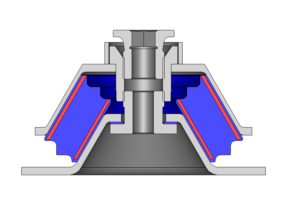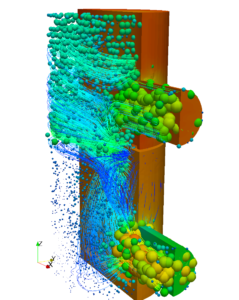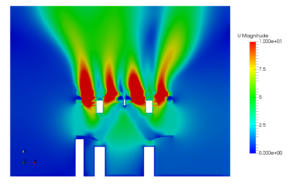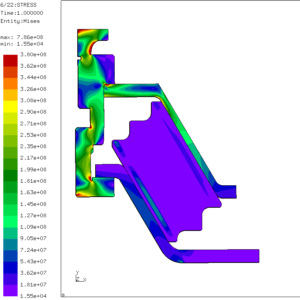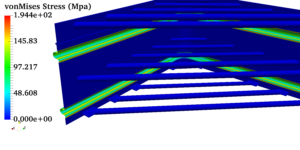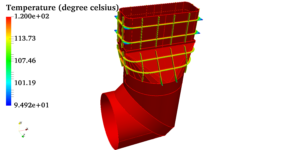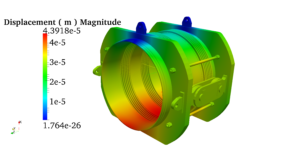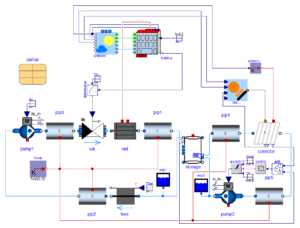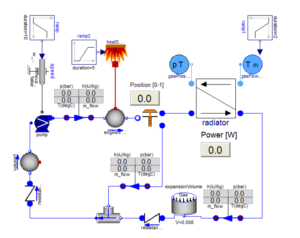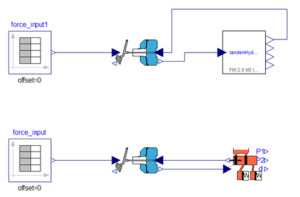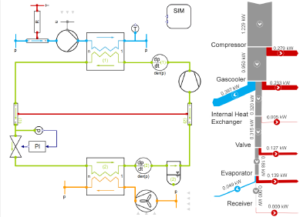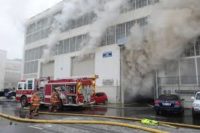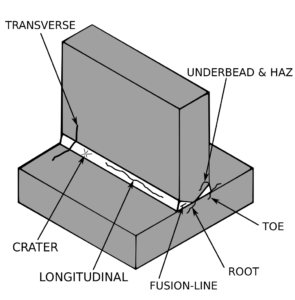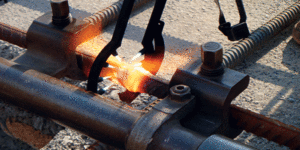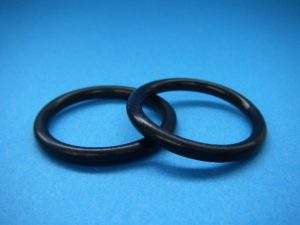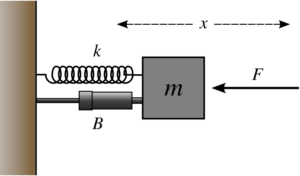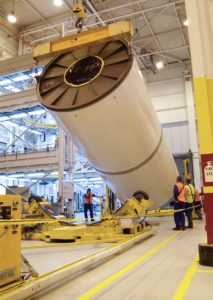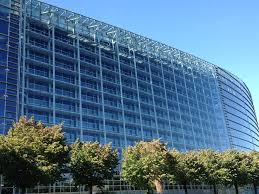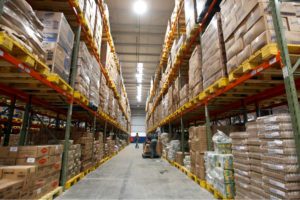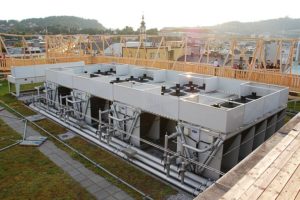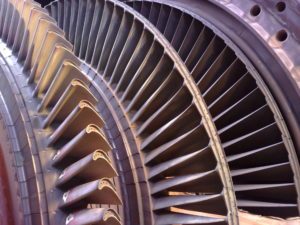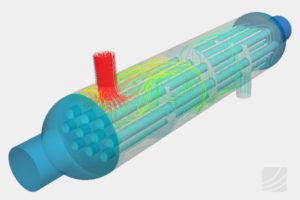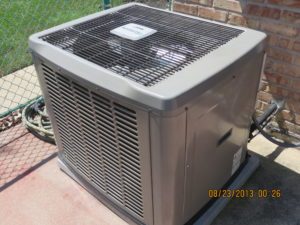HVAC system design : VRF technology
HVAC System Design : VRF Technology
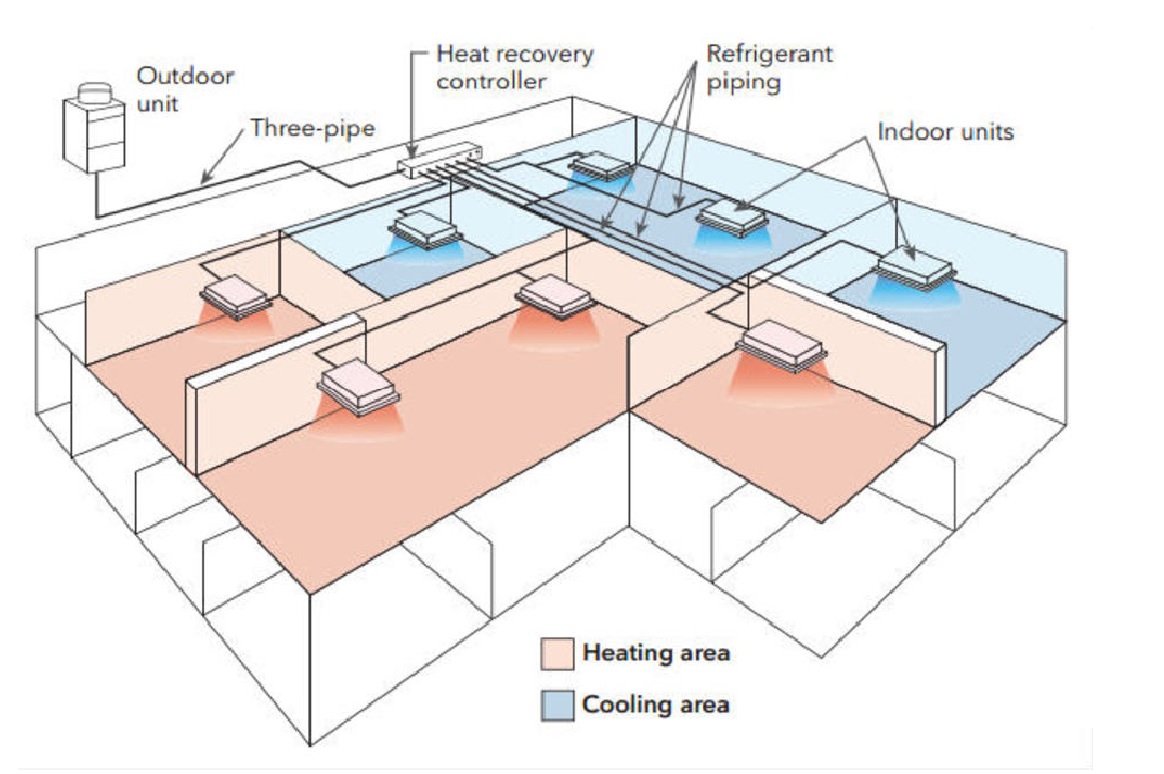
VRF technology is a HVAC technology which was first developed by the Japanese in 1982. They are very similar in design to mini-splits and they use refrigerant for cooling and heating. The refrigerant is contained in an outdoor condensing unit and it is circulated via refrigeration lines to the indoor units. It is the most commonly used system in the residences of today’s world for both heating and cooling purposes. Some pioneers of this system include Daikin, Mitsubishi, LG, etc.
The outdoor condensing unit consists of a condenser coil and a compressor which has a DC inverter to regulate the variable motor speed for the refrigerant flow rather than just supplying a constant volume flow. The principal advantage of VRF system is that it operated according to the need of the space where it is installed based on the heat and cooling loads required. The versatile nature of VRF system allows it to provide heating or cooling depending on the zone temperature in the space. The indoor Air handling units will have a thermostat which will send appropriate signal to the outdoor condensing unit and the return air vents absorb the hot/cold air in the space and thus reduces or increases the temperature.
In case of cooling, the Evaporator coils which are present in the indoor unit allows the refrigerant to pass through to remove the temperature. The coils has several tubes and when the hot air passes through the evaporator coil the cold refrigerant removes the temperature in the air and it is circulated back into the space using a supply or an indoor air handling system. As this process progresses the temperature in the zone falls below a preset cooling point at which moment the thermostat send a signal to the circuit board outside to pump in hot refrigerant to facilitate heating. This is the simple principle behind the working of a VRF HVAC system.
Usually non corrosive fluids are chosen to be ideal refrigerants, non flammability, freedom from toxicity are some of the desirable traits in a refrigerant. VRF systems come with several specifications depending on the application. A careful analysis of the heating and cooling loads is required to have the perfect HVAC system which will satisfy the occupants in the area.

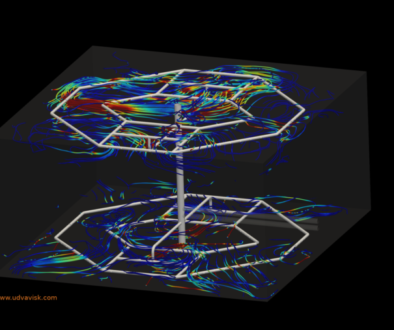
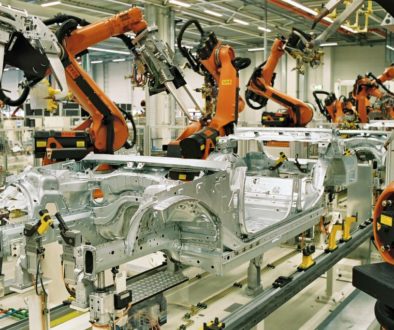
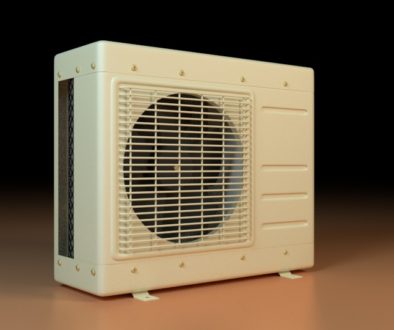
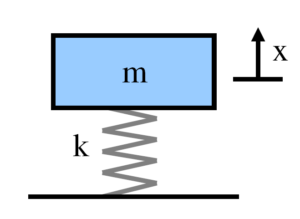
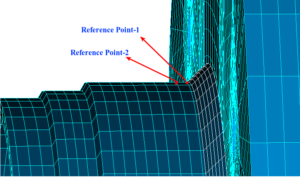
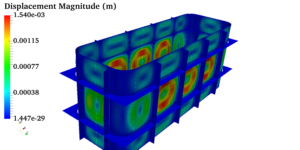 Pressure vessels, pipes, expansion joints etc. are basic equipments for process industries. Pressure vessels are vessels working under internal, external or vacuum pressure, and possibly subjected to high temperature. Proper design and analysis is very important for the pressure vessels, as their failure can cause lot of hazards. Codes/ standards are used in the design phase, followed by analysis to ascertain stresses are within the allowable range. ASME provides wide range of guidelines for the proper design of such vessels.
Pressure vessels, pipes, expansion joints etc. are basic equipments for process industries. Pressure vessels are vessels working under internal, external or vacuum pressure, and possibly subjected to high temperature. Proper design and analysis is very important for the pressure vessels, as their failure can cause lot of hazards. Codes/ standards are used in the design phase, followed by analysis to ascertain stresses are within the allowable range. ASME provides wide range of guidelines for the proper design of such vessels.